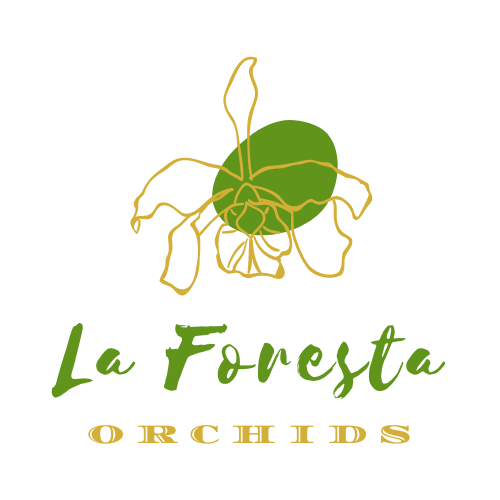Introducing the captivating Bulbophyllum phalaenopsis, a grand epiphytic orchid native to Papua New Guinea, renowned as one of the largest members within the Bulbophyllum genus. This unique orchid demands attention with its distinctive features and intriguing cultivation requirements.
In its natural habitat, the Bulbophyllum phalaenopsis thrives in the lush rainforests of tropical regions, particularly in Australia and Southeast Asia. Standing out as a large-sized orchid, it boasts a distinctive aroma reminiscent of rotten meat, attracting female carrion flies for pollination. With an annual growth of one pseudobulb, these tiny, cylindrical structures serve as vital storage units for water and nutrients.
Named "phalaenopsis" for its foliage's resemblance to moth orchids, the long and attractive leaves take on a vibrant red hue when exposed to direct sunlight, maintaining a bright green shade in indirect light. With a potential length of up to 5 feet, the waxy leaves gracefully droop when dehydrated.
The orchid's reddish blooms, adorned with orangish hair, emit a subtle scent of decay, enticing flies for pollination. The clustered inflorescence, featuring 15 to 20 flowers on short canes, showcases meat-colored petals covered in papillae, resembling maggots. Blooming from early spring to late summer, the plant takes one to two years to develop its initial blooms.
Light Requirements: Provide bright, diffused light for optimal growth. Avoid excessive sunlight to prevent intense red tinges on foliage. Suitable for indoor cultivation with sufficient light and ventilation.
Water Requirements: Water abundantly during the active growing season, ensuring the soil doesn't completely dry out. In summer, address droopy, withered leaves promptly. Avoid prolonged flooding, and adjust watering frequency in winter, allowing partial drying between waterings.
Soil Mix: Opt for a loose, airy mix that drains quickly. Coconut husk can substitute bark. Incorporate sphagnum moss for moisture retention, changing the mix if decomposition occurs.
Temperature: Thrives in warm to hot temperatures (70-80°F during the day, 55-60°F at night), with a nighttime drop promoting blooming.
Humidity: Prefers high humidity (50-60%), tolerating lower levels. Use trays, humidifiers, or misting to maintain humidity, ensuring proper air circulation to prevent fungal growth.
Fertilizing: Apply a balanced liquid orchid fertilizer biweekly during active growth, reducing in winter. Organic options like fish emulsion and seaweed solutions are suitable.
Repotting: Repot every 3-4 years in early spring, replacing decomposed soil to prevent fungal infections. Check soil texture regularly.
Indigenous to Papua New Guinea, this Bulbophyllum variant holds the distinction of being the largest among its kind. Its nomenclature is derived from its foliage, not its flowers, which bears a resemblance to Phalaenopsis. Renowned for its elongated leaves and groupings of red, hairy, and pungent blooms.
This is a near blooming size in a 4" pot, newly repotted, approx 4 to 5 years to bloom, grown from seed, limited!
In summary, while the Bulbophyllum phalaenopsis may possess a unique aroma, its stunning appearance and manageable care requirements make it a valuable addition to any orchid enthusiast's collection. Embrace the distinctive beauty and cultivate this exceptional orchid in your own home environment
















